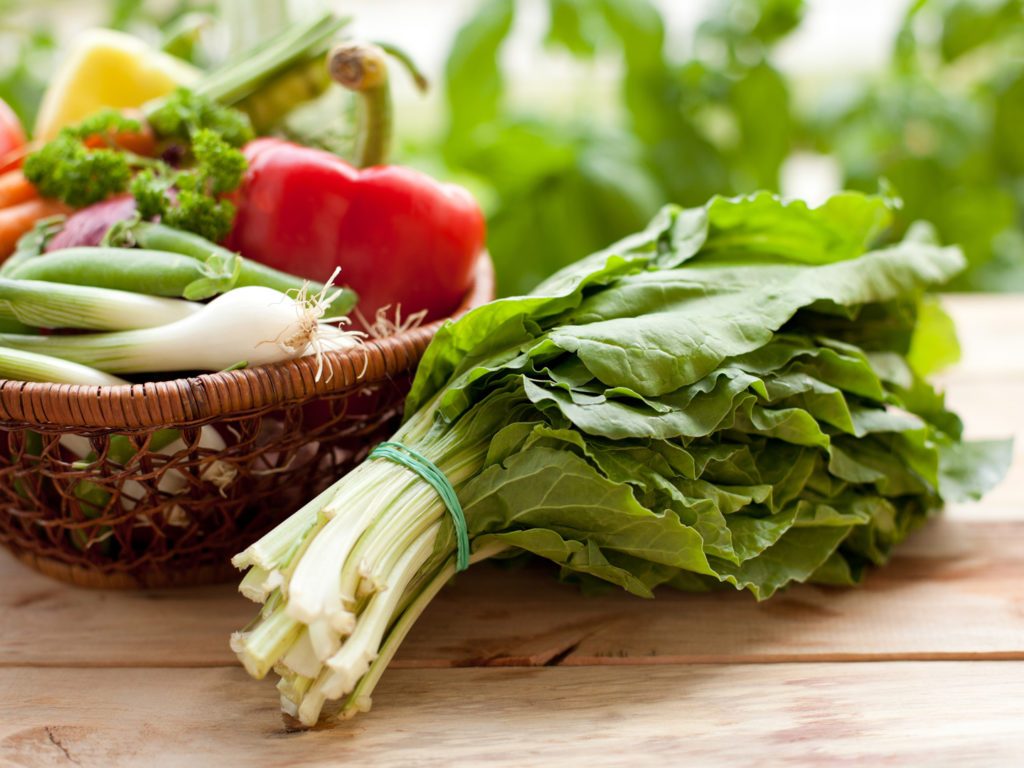New Delhi: Cooked leafy vegetables make a substantial proportion of our food today but if we look at their origin, leafy greens were first dished up some 3,500 years ago in west Africa, archaeologists and archaeo-botanists have unearthed.
The teams from Germany’s Goethe University and University of Bristol in the UK examined more than 450 pre-historic pots and 66 of them contained traces of lipids, that is, substances insoluble in water.
On behalf of the Nok research team at Goethe University, chemists from the University of Bristol extracted lipid profiles with the aim of revealing which plants had been used.
The results published in the journal ‘Archaeological and Anthropological Sciences’ revealed that more than a third of the 66 lipid profiles displayed very distinctive and complex distributions — indicating that different plant species and parts had been processed.
By combining their expertise, archaeology and archaeobotany researchers at Goethe University and chemical scientists from the University of Bristol corroborated that the origins of such west African dishes date back 3,500 years.
These leafy sauces are enhanced with spices and vegetables as well as fish or meat, and complement the starchy staples of the main dish such as pounded yam in the southern part of west Africa or thick porridge made from pearl millet in the drier savannahs in the north.
“Carbonised plant remains such as seeds and nutshells preserved in archaeological sediments reflect only part of what people ate back then,” said Katharina Neumann.
With the help of lipid biomarkers and analyses of stable isotopes, the researchers from Bristol were able to show that the Nok people in central Nigeria included different plant species in their diet.
Using carbonised plant remains from central Nigeria, it was possible to prove that the Nok people grew pearl millet.
But whether they also used starchy plants such as yam, and which dishes they prepared from the pearl millet had so far been a mystery.
“These unusual and highly complex plant lipid profiles are the most varied seen (globally) in archaeological pottery to date,” said Julie Dunne from University of Bristol’s Organic Geochemistry unit.
IANS
